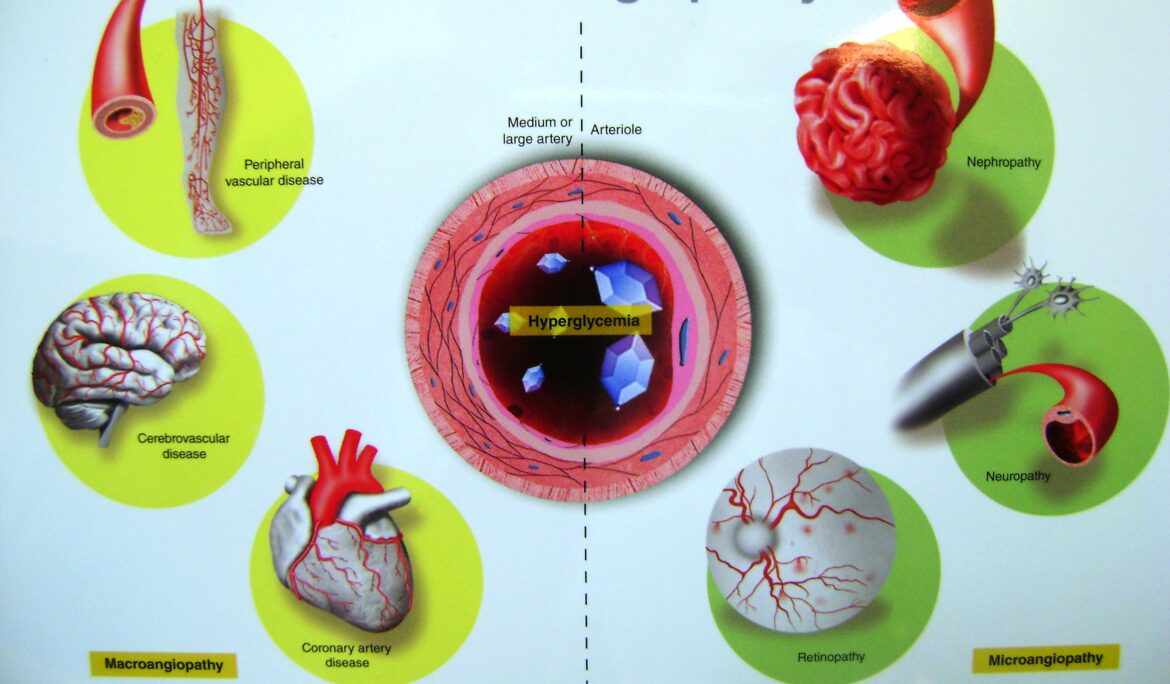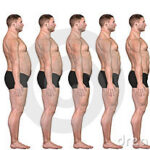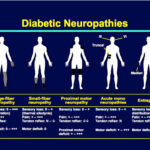Those with diabetes have been found to have two fold increase in risk to develop either a stroke( paralysis of the side of a body) or a myocardial infarction (heart attack in layman`s terms) than when compared to a person without diabetes. People with diabetes most often succumb to heart attacks than to the other complications of diabetes. The plethora of cardiovascular diseases (diseases of the heart and blood vessels) can include nonfatal acute myocardial infarction (heart attack), hospitalized unstable angina (caused by narrowing of the blood vessels supplying blood to the heart muscle), resuscitated cardiac arrest, any coronary re-vascularization procedure, nonfatal stroke, transient ischemic attack (paralysis which occurs and gets reversed completely without any residual weakness), lower extremity artery disease with intermittent claudication (pain feet aggravated by activity and relieved by rest), or prior corrective surgery, angioplasty, or amputation. Those who are from India, Bangladesh, Pakistan or Sri Lanka are more prone to develop these due to their genetic makeup. There are heart risk scores available online which the cardiac team will assess.
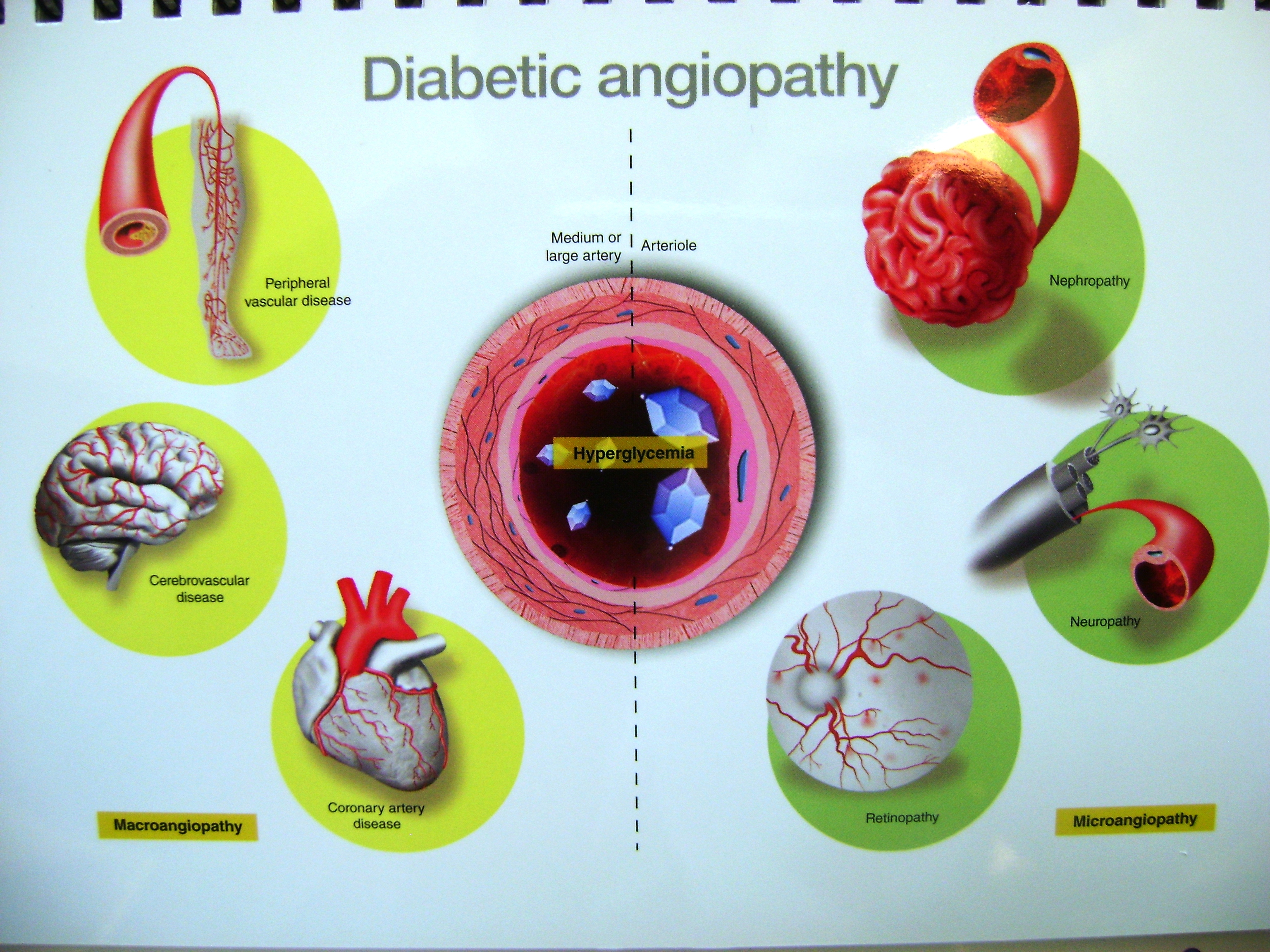
Since the pandemic of Covid, the incidence of heart diseases and strokes have been on the rise leading to fatalities. The trio of high blood pressure, high cholesterol and high sugar makes changes in the blood vessels which carry blood from the heart to the various parts of the body. The smooth lining of the blood vessels get coated with a mix of platelets( type of blood cells), sugar and cholesterol to cause a coating which will compromise the blood flow across the heart, eyes, brain, kidney and extremities ( the most important areas).
Cholesterol is a substance needed for many functions in the body. This is also produced by the liver daily to help various functions it serves. The cholesterol level is also influenced by the diet one consumes- excess of fried food, eggs, meat, shell fish, salted nuts, alcohol, oily food and of course, junk( fast) food. Cholesterol is produced in the body from time one is born. When cholesterol in the body is in excess of the demand, it reflects in the blood as raised levels. Excess of cholesterol has a tendency to settle down on the inner linings of the blood vessels and it may stabilize with added calcium, sugar products or blood cells to cause a hard plaque. The plaque can get fractured and start traveling about with disastrous consequences. A person who eats a vegan diet can also have high cholesterol levels as the body produces more when the oral intake is less. The levels of cholesterol only reflect the cholesterol levels in blood and do not reflect the amount of cholesterol in the inner linings of the blood vessels. The medicines used to lower the cholesterol levels help to reduce the amount of cholesterol produced by the liver, to help prevent further deposition in the inner linings of the blood vessels and also to help repair some of the damage caused to the blood vessels.
Unfortunately, in today`s world, the younger generation is exposed to unhealthy food because of the influence of the advertisements, peer pressure and also by the parents( it is easier to calm a bunch of kids with fast food than with healthy food!!!!!) The influence of the internet and smart phones have almost made most of the present generation unaware of outdoor sports and if they do, they turn to energy drinks or junk food or even protein based shakes after the physical activity. One may have noticed the prevalence of obesity and heart related problems in the younger age these days than when compared to the children of the past. One does not have to be obese to have a heart related disease. These unhealthy practices initiated at an early age set the tempo for probable events later on in life. Nobody really checks the cholesterol levels when under the age of 40 years of age, usually. Interpreting the lipid levels is important. Those with normal levels can have blocks because of the deposition set in at a younger age either due to unhealthy practices or the effect of genes. Increased stress levels can lead to indulgence in unhealthy food, disordered food timings, lack of physical activity, initiation of smoking, alcohol or other recreational drugs. These changes in the blood vessels can be partly reversed with change in lifestyle. It can be tempting to rack up hours at work, especially if one is trying to earn a promotion or manage an ever-increasing workload. The heart attack symptoms will not be the classical finding as depicted in movies or shows. When one has diabetes, the presenting feature is often a silent one and can present as sweating, left arm numbness, radiating discomfort to the back of the chest, neck, ear or upper abdomen aggravated by activity and not relieved with rest, irregular heartbeats or even a feeling of impending doom. When one feels breathless by doing normal daily chores such as climbing stairs, cooking, household chores, yard work or walking that should make one get a check done. Unaccustomed physical activity or exercising at high altitudes is known to cause breathlessness. The tests done for the heart will include a physical examination involving checking the blood pressure ( sometimes sitting, standing or when lying down) , pulse, looking for swelling of the feet, engorged neck vessels, observing the way one breaths, color of the nails, shape of the fingertips, and hearing the heart sounds besides other checks. The blood pressure for some gets elevated when they confront a health care provider or visit a hospital. But, if there is actually high blood pressure( there may be headache or giddiness or heaviness of the head or no symptoms at all) some changes can be seen when undergoing an eye check up or doing the tests for the heart such as ECG or ECHO. There may be an examination of the blood tests including the enzymes of the heart(Troponin) or blood tests to check the functioning of the left side of the heart(Pro BNP).
The heart specific checks include the following: • Electrocardiogram( ECG or EKG) which is taken by attaching some pads on the front of the chest wall and recording the heart tracings- this test will help know the regularity and pace of the heart beat, if any previous heart attack had occurred( it may have been thought of as ‘gas’). For those with a hairy chest, the hair may have to be shaved where the electrode pads are to be placed to prevent any errors. • Echocardiogram(ECHO) which involves seeing the four chambers of the heart, the wall thickness, valves and amount of blood being pumped by the heart. Sometimes a stress ECHO is done- this means after exercise. • Treadmill test (TMT) involving recording of the events in the heart while walking on a treadmill. The treadmill test cannot be done for a person weighing more than 120 kg as some treadmill machines are not designed for those weighing more than 120kg. The test will be modified for those with either knee or back problems, for the aged and the tracings of the heart while undergoing the exercise will help guide the cardiologist(heart specialist) to decide if this was significant or not.
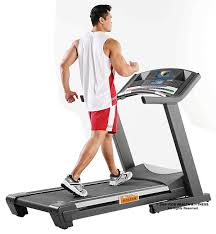
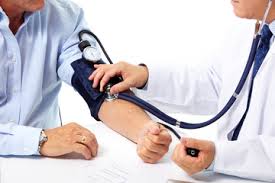
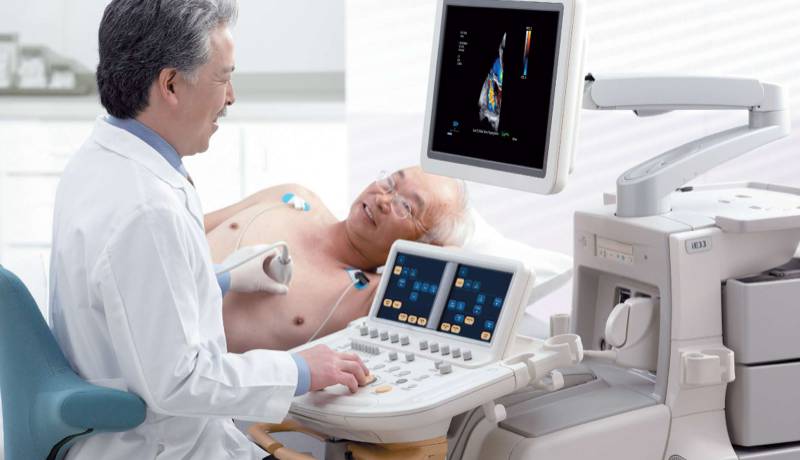

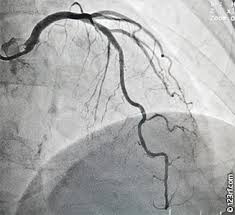
CT Coronary Calcium Scoring is a non invasive testing which does not need one to be fasting and does not need a dye to be injected. This test checks the amount of calcium deposition in the coronary vessels. Calcium forms the basis of the plaque. If the calcium score is zero, that is a good sign. If the score is 120, a cholesterol lowering medicine is advised and if the score is more than 120 to 400 a very high dose statin is needed. If the score is more than 400, a coronary angiogram is warranted.
• Angiogram: a test where the blood vessels supplying the heart muscle are checked out for blocks- this test is done in those where the treadmill test was positive or in those for whom the treadmill could not be performed or when symptoms of chest pain persist despite other tests. The angiogram is done after injecting a dye ( those with iodine allergy, asthmatics, those with poor kidney function are not given this dye unless under supervision by the treating doctor) by either a CT machine- where the outside of the blood vessels are seen or by threading a tube in the main blood vessel at the thigh level and the heart vessels are studied. This test where the CT is used does not need an admission, but if there is a doubtful block, the conventional angiogram through the thigh vessels needs to be done to see the inside of the vessels and if a significant block was present, a medicated stent may need to be placed across the block to help re-canalize the vessel and allow blood to flow well ( this is called angioplasty or PCI). The decision depends on the location, number of blocks, the general condition of the blood vessels and health of the patient. The cardiologist will make the decision as to whether an intervention is needed or not. If an intervention is needed, a stent can be performed or a need for a bypass operation is then decided upon. The CT angiogram is a day procedure and the conventional one may need an admission to check for bleeding after the tube is removed. The metformin tablet will have to be stopped for 2 days prior to the angiogram depending upon the creatinine levels and kidney function. The urine and stool will usually be colored pale or white as the dye is excreted from the body. Hence the need for excess water intake after the test. • Blood flow to extremities may need to be checked using a Doppler scan or a D Dimer test in blood to see for clots in the deep blood vessels of the legs. • Carotid Doppler test for seeing the caliber of neck blood vessels is also used. • There are other sophisticated tests also available, but not at all centers. Nuclear medicine imaging is available at teaching or tertiary centers. This is a radioactive study. A yearly check is advisable with the heart doctor, unless there is a need for an earlier check up. Not all tests will be done for the heart at each visit. Reducing stress levels, caring for ones health by maintaining a good diet including a handful of non salted nuts or a portion of avocados, omega 3 rich fish, enough vegetables and some fruits, doing at least 150 minutes of moderate physical activity a week, getting enough sleep, keeping the sugar, body weight, blood pressure and cholesterol levels under control and having preventive health checks can help in a major way. There are non modifiable factors such as age, gender, genetic history which cannot be changed. Normally women are protected from a cardiovascular disease till they attain menopause.
If one experiences fatigue or shortness of breath with normal activity, if a sense of tightness of the chest is associated with sweating or pain radiating to the arm or back or if the resting heart rate is more than 100 beats per minute, it is better to get the heart checked out.
Once treated for a heart ailment, medicines to prevent cholesterol accumulation, preventing blood thickening, reduced heart rate and blood pressure will be initiated or intensified to prevent a further calamity in future.










